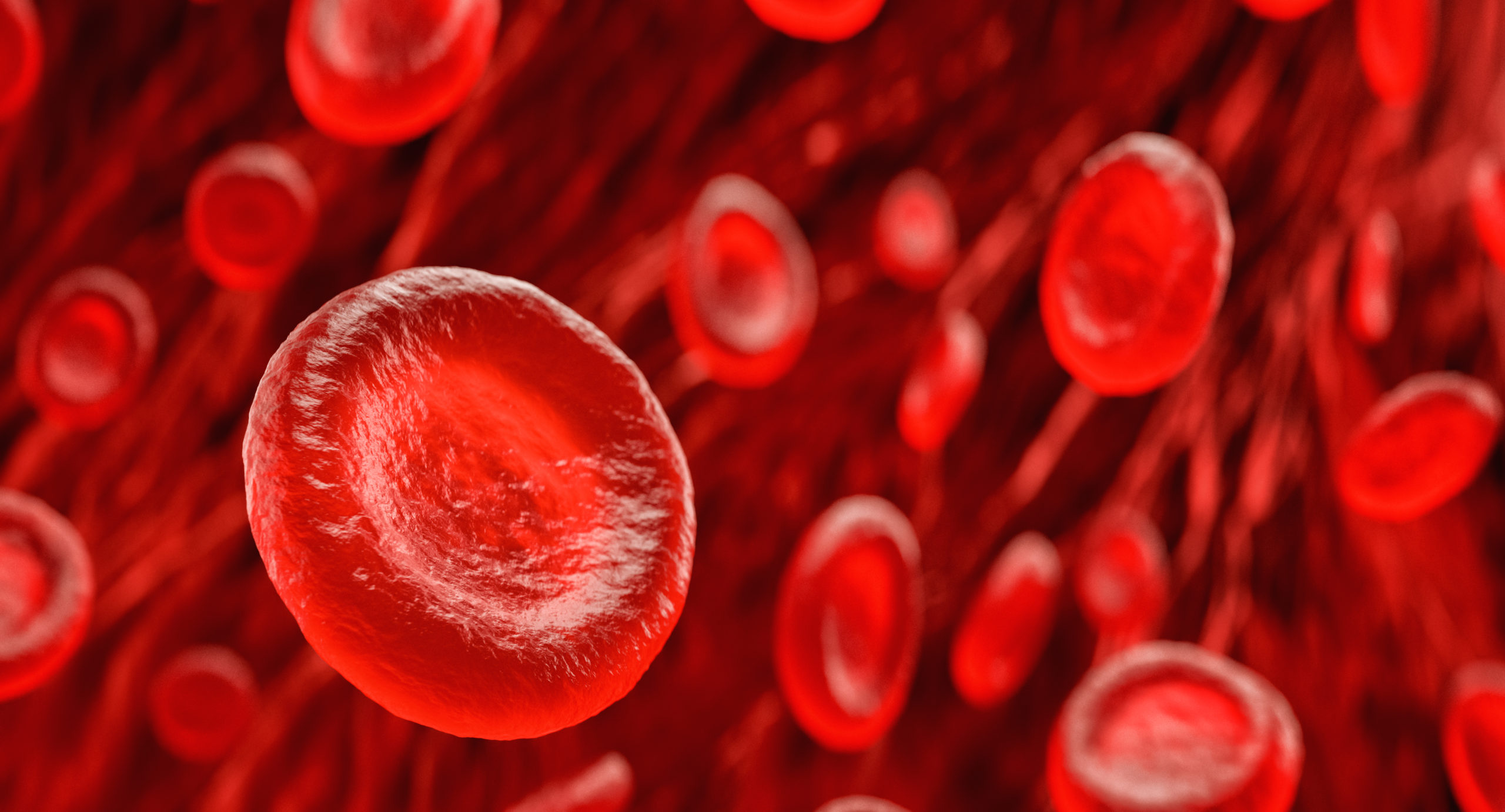
Anemia is a common complication of chronic kidney disease (CKD) that is associated with adverse kidney and cardiovascular (CV) outcomes. Erythropoietin-stimulating agents and hypoxia-inducible factor prolyl hydroxylase inhibitors have been used for anemia management, but both are associated with CV risks.
Sodium-glucose cotransporter (SGLT) inhibitors are known to increase hemoglobin while improving cardiorenal outcomes. The subject of this analysis was the dual SGLT1 and SGLT2 inhibitor sotagliflozin. Vikas S. Sridhar, MD, and colleagues analyzed the agent’s effects on hemoglobin in patients with stage 3 or 4 CKD and type 2 diabetes (T2D) with and without anemia. Their results were published in Diabetes, Obesity and Metabolism.
The researchers conducted a post hoc analysis of pooled participant-level data from two clinical trials over 26 weeks involving participants with CKD stages 3 or 4 and T2D. Using an analysis of covariance, the researchers compared the change in hemoglobin from baseline between sotagliflozin 200 mg or 400 mg and placebo in the pooled cohort, adding CKD study as a fixed variable.
Clinical factors associated with hematopoiesis, such as baseline estimated glomerular filtration rate (eGFR), use of anti-anemic preparations, and use of renal angiotensin system (RAS) inhibitors were covariates in a sensitivity analysis.
The researchers identified participants with anemia at baseline based on hemoglobin levels of less than 13 mg/dL for men and less than 12 mg/dL for women. They evaluated the change from baseline in hemoglobin, hematocrit, serum albumin, systolic blood pressure, body weight, and eGFR between sotagliflozin (pooled dose) and placebo in participants with and without anemia. Sotagliflozin doses were pooled for the anemia subgroup analyses because hemoglobin changes were similar between doses.
A total of 1,064 participants were included in the analysis, of whom 493 (46.3%) had anemia at baseline. Of the anemia group, 228 (46%) were female, 396 (80%) were White, 40 (8%) were Black, and 172 (35%) were Hispanic/Latino. The mean (SD) age was 68 (9) years. The participants with anemia had a lower mean [SD] baseline eGFR compared with those without anemia (36 [12] mL/min/1.73 m2 vs 43 [11] mL/min/1.73 m2). A larger percentage of these participants had CKD stage 4 (37% vs 17%) and moderately increased albuminuria (69% vs 53%).
The no anemia group comprised 571 individuals, of whom 257 (45%) were female, 497 (87%) were White, 11 (2%) were Black, and 133 (23%) were Hispanic/Latino. The mean age was 70 (8) years.
Over 26 weeks, the effects of sotagliflozin on hemoglobin when compared with placebo were similar regardless of whether participants had anemia (P interaction=.062). Sotagliflozin increased hemoglobin in a rapid and lasting manner for both groups. Compared with placebo, sotagliflozin increased mean hemoglobin level by 0.27 g/dL among participants with anemia and by 0.50 g/dL in participants without anemia.
Within the full cohort, the baseline mean hemoglobin level was 12.7 g/dL. Sotagliflozin increased hemoglobin by 0.39 g/dL with the 200-mg dose (95% CI, 0.21–0.56) and 0.41 g/dL with the 400-mg dose (95% CI, 0.24–0.59) compared with placebo (P<.0001) from baseline to week 26. In the sensitivity analysis adjusted for baseline eGFR, use of anti-anemic preparations, and use of RAS inhibitors, the placebo-adjusted increase in hemoglobin for the pooled dose of sotagliflozin was 0.43 g/dL (95% CI, 0.26-0.59; P<.0001).
Among participants who had anemia at baseline, sotagliflozin increased the likelihood of their anemia resolving over the 26-week follow-up period (odds ratio [OR], 1.95; 95% CI, 1.13-3.37; P=.017). Among participants without anemia at baseline, there was a decrease, although nonsignificant, with sotagliflozin in their odds of developing anemia over 26 weeks (OR, 0.75; 95% CI, 0.39-1.47; P=.41).
Participants without anemia had greater placebo-adjusted reductions in blood pressure and body weight compared with participants without anemia (P interaction <.05). The safety and tolerability of sotagliflozin were similar between the two anemia subgroups and were consistent with expectations in patients with T2D and CKD.
The authors noted a few limitations of their study. Because of the short follow-up period, it could not be determined whether changes in hemoglobin with sotagliflozin are lasting or are associated with clinically meaningful outcomes. Sotagliflozin works by mechanisms similar to those of other SGLT inhibitors that have been shown to increase erythropoietin and iron metabolism, but details regarding how it affects hemoglobin are lacking due to the absence of data on markers of erythropoiesis.
In summary, the authors wrote, “Sotagliflozin increased haemoglobin in patients with T2D and CKD, supporting its potential use in the management of anaemia in this population, in addition to known cardiorenal protective effects.”
Source: Diabetes, Obesity and Metabolism

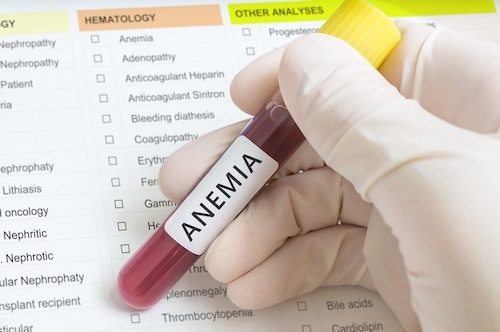
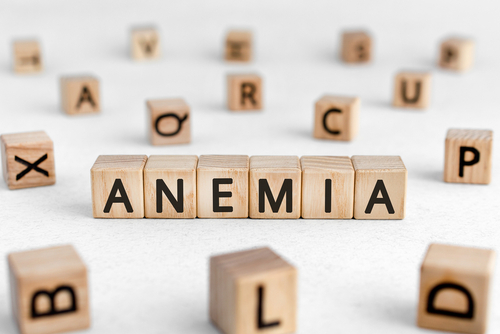

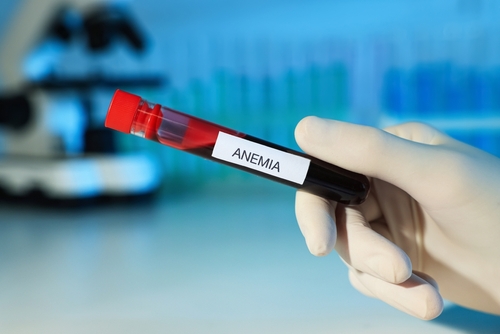
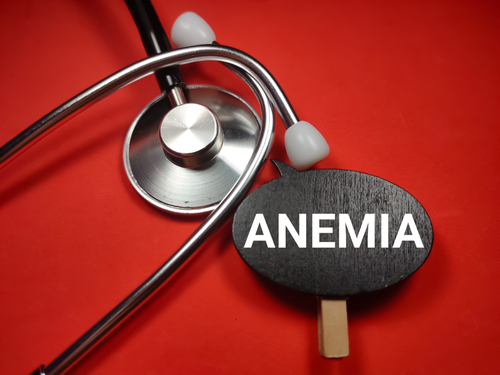

 © 2025 Mashup Media, LLC, a Formedics Property. All Rights Reserved.
© 2025 Mashup Media, LLC, a Formedics Property. All Rights Reserved.